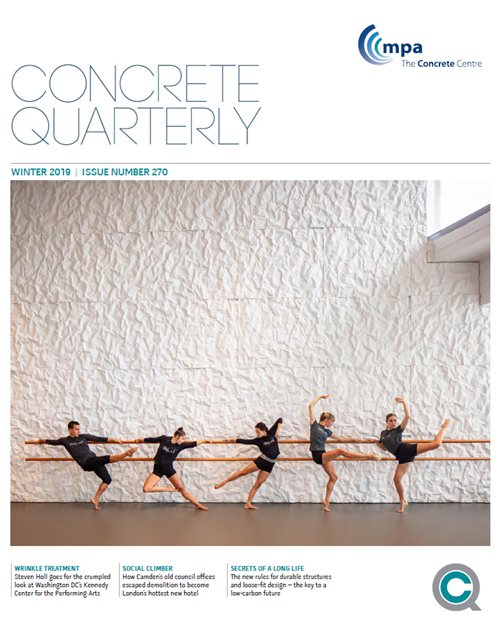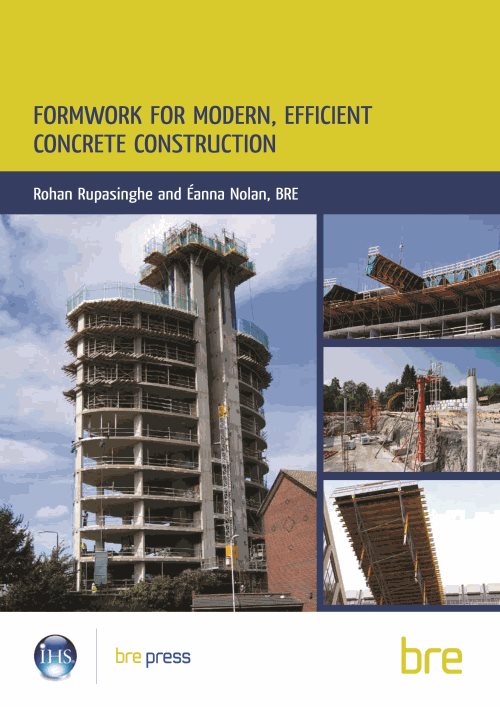Building Elements
Formwork
Formwork is the structure, usually temporary, used to contain poured concrete and to mould it to the required dimensions and support until it is able to support itself. It consists primarily of the face contact material and the bearers that directly support the face contact material. Falsework is the more robust structure that holds temporary formwork in place is used in the temporary condition.
Formwork systems used for concrete frame construction have continued to develop significantly since the early 1990s. The major innovations have focused on on-site efficiency of production, health and safety, and environmental issues, driving the concrete construction industry towards ever-increasing efficiency.
Different formwork systems provide a wide range of concrete construction solutions that can be chosen to suit the needs of a particular development.
Traditional formwork for concrete construction normally consisted of bespoke solutions requiring skilled craftsmen. This type of formwork often had poor safety features and gave slow rates of construction on-site and huge levels of waste.
The main types of formwork systems in use now are:
- System column formwork
- Horizontal panel
- Slipform
- Jumpform
- Vertical panel systems
- Permanent formwork used in some types of hybrid concrete construction
Still in use, but not as common as previously, are the types of forms that require swinging out from the side of the building. This is due to concerns about moving large objects over unprotected spaces:
- Table form/flying forms
- Tunnel form
The modern formwork systems listed above are mostly modular, which are designed for speed and efficiency. They are designed to provide increased accuracy and minimise waste in construction and most have enhanced health and safety features built-in.
CQ Winter 2019

Read 'Form Follows Formwork' article in Concrete Quaterly winter 2019
Formwork for Modern, Efficient Concrete Construction
